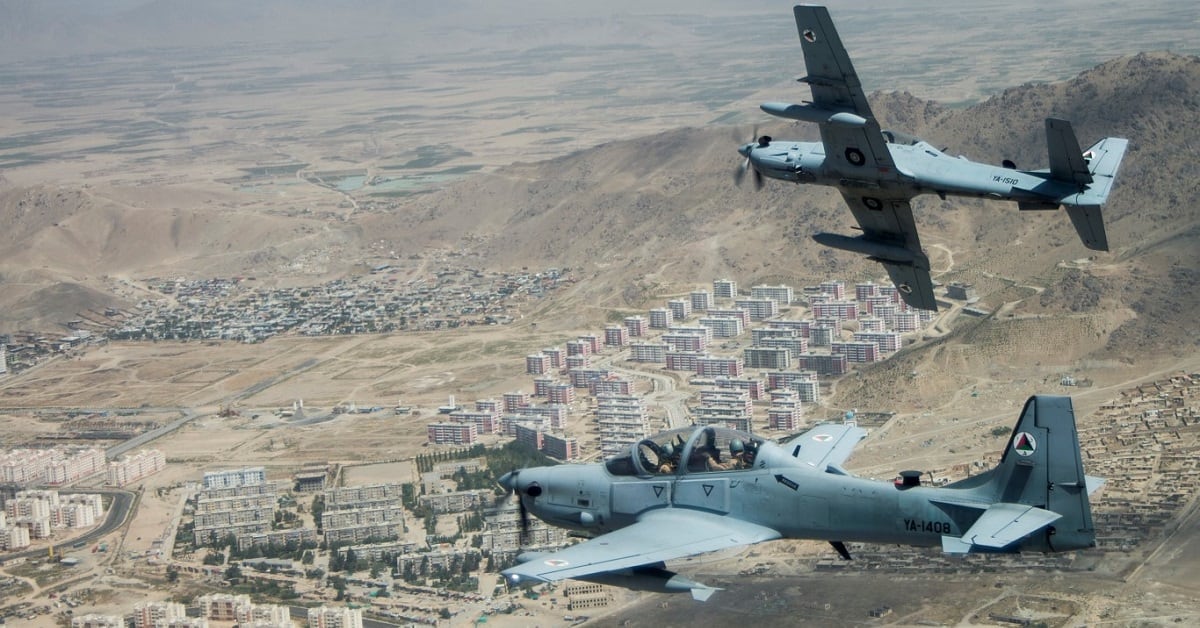WASHINGTON — The U.S. Air Force’s light-attack experiment isn’t dead yet, as the service is requesting $35 million in its fiscal 2020 budget to continue the effort with a more expansive set of airframes that could involve drones and jets.
Maj. Gen. John Pletcher, the Air Force’s deputy assistant secretary for budget, confirmed Tuesday that the service included funding in its FY20 budget for the light-attack experiment as well as “procurement dollars in the outyears that will allow us to start a program, should the results of the experiment say it’s a good investment to do so.”
Earlier this year, Air Force Under Secretary Matt Donovan confirmed that the service was not ready to begin a program of record for light-attack aircraft, despite holding two rounds of demonstrations and issuing draft requests for proposals.
Click here for more from the Pentagon’s FY20 budget request.
At that point, the competition seemed to be down to Textron’s AT-6 Wolverine and the A-29 Super Tucano, made by Sierra Nevada Corp. and Brazilian aircraft manufacturer Embraer.
RELATED

However, Pletcher said the Air Force did not get the buy-in it wanted to see from international allies and partners, defying the idea that a light-attack plane could build interoperability with foreign militaries.
“This decision the Air Force had to make this year was, essentially, are we ready to go to a program of record given what we have learned up to this point with the first two experiments — keeping in mind the light-attack [experiment] is all about allies and partners. That’s the most important thing,” he said.
“[With] the results of the experiments from the first two phases, we just didn’t feel comfortable that we had the right mix of capabilities that was going to attract the partners and allies that we needed,” he added
Although Pletcher didn’t say what the new phase of experimentation would entail, he noted that one component would be a study that looks at allies’ light-attack requirements as well as what industry could provide in the realm of rotorcraft, turboprop and turbojet planes, as well as unmanned aircraft.
Last month, Air Combat Command head Gen. Mike Holmes said the service is looking at whether its T-X training jet could have utility as a light-attack aircraft.
"At the informal level, I have some guys that work for me that are thinking through what the requirement might be for those different versions [of T-X],” he said.
“When or if that transitions and becomes something more formal will depend on a lot of things,” he added, noting that one of those variables is the budget.
Valerie Insinna is Defense News' air warfare reporter. She previously worked the Navy/congressional beats for Defense Daily, which followed almost three years as a staff writer for National Defense Magazine. Prior to that, she worked as an editorial assistant for the Tokyo Shimbun’s Washington bureau.








